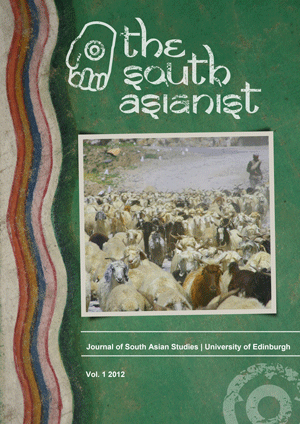Filming a metaphor: Cinematic liberties, Navarasa influences and digressions in adaptation in Sanjay Leela Bhansali's ‘Devdas’
Abstract
‘Devdas’ is a landmark 20th century tragic-romantic Indian novella by Saratchandra Chattopadhyay. In the nine decades since its publication, the story has acquired a cult status in Indian cinema and society courtesy its many stated and inspired film adaptations. When auteur filmmaker Sanjay Leela Bhansali made his opulent 21st- century on screen adaptation, its self-destructive hero had far outgrown the novella to become a national metaphor of “doomed love”. The present article identifies the achievement of the “Devdas metaphor” in Bhansali’s 2002 film, Devdas, especially in context of its new plot additions and mythical allusions and analyses the role of its eight allegorical songs shot to grandiose mise-en-scène in the perpetuation of that intention. These departures from the original novella, while arguing for reviewing celluloid adaptations as works of art in their own merit, build a case for reviewing Bhansali’s Devdas as a refreshing new cinematic tale whose songs driven narrative reaffirm Bollywood’s signature story-telling traditions. This is evidenced in a rasa (emotion) based analysis of the film’s ornately dramatized songs, which while portraying elements of the Navarasas as recommended by India’s ancient Sanskrit drama (Nātyasāstra) canons are able to unite their overall experience and impact in the single dominant rasa of karuna (or pathos), which also is the dominant sentiment of the novella.
Downloads
Published
How to Cite
Issue
Section
License

This is an Open Access journal. All material is licensed under a Creative Commons Attribution-NonCommercial-ShareAlike 4.0 International (CC BY-NC-SA 4.0) licence, unless otherwise stated.
Please read our Open Access, Copyright and Permissions policies for more information.





